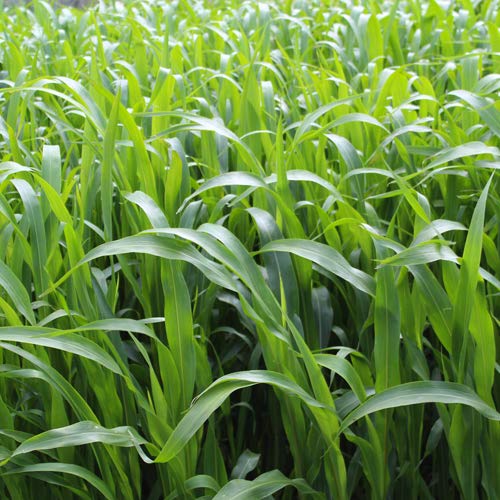Agricultural Value Chain Products and Solutions

Feb. 12, 2025
5 Mistakes Farmers Should Avoid While Applying Fertilisers
Here are five basic mistakes farmers should watch out for to ensure a successful harvest of crops
- Imbalanced Nutrition: Plants require balanced nutrition to grow to their full potential.This consists of at least 13 essential nutrients in different quantities. Farmers normally consider only NPK fertiliser application, ignoring the importance of other essential nutrients and micronutrients. This often results in reduced yield and an average-quality crop.
- Fertiliser application without soil testing: Soil testing is crucial before you choose/apply fertilisers. You can then choose the right fertilisers based on the soil test report. It is essential to provide deficient nutrients through fertilisers if you want a high yield.
- Too much fertiliser: A common assumption among farmers regarding fertiliser application is that a higher dose of fertiliser will give a better yield, which is not true. Fertiliser overdose adversely affects the crop, soil, and environment. Irreversible damage can be caused due to salinity build up or due to the toxicity of specific elements.
- Wrong timing: Failing to apply the right fertiliser quantity at the right time is a common mistake that leads to reduced yield and damaged crops.
- Incorrect fertiliser placements: Fertiliser placement is an integral part of efficient crop management. Correct placement often improves nutrient absorption by plants, and consequently boosts yields. Inorganic fertilisers can be applied manually or with application equipment. When applied manually, it is essential to distribute the fertilisers uniformly.

Feb. 21, 2025
Harvesting Tips For Grapes
From the right harvesting time to the correct harvesting technique and post-harvesting measures, there are a number of things you must consider while harvesting grapes. Here are a few tips that will help you get a good harvest.
- TSS and sugar acid ratio: Here TSS means Total Soluble Solids, which is basically sugar content in the fruit. The recommended TSS by AGMARK for grapes is 16°B and sugar acid ratio is 20:1. Now, two berries may have the same sugar content, but it’s not necessary that they will taste the same. If the acid content is higher, the berries will taste sour. A refractometer is used to measure TSS.
- Physical appearance: Uniform color and size are two of the parameters to judge the ripeness of grapes. Not all grapes mature at the same time. For example, bunches exposed to sunlight mature earlier than ones in the shade.

Jan. 7, 2025
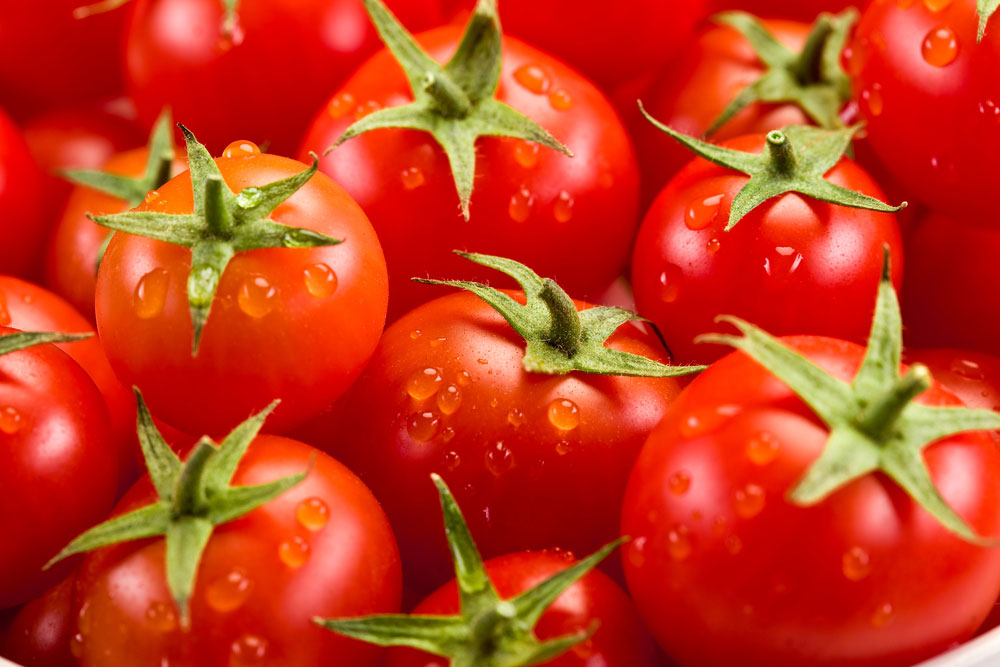
Feb. 24, 2025
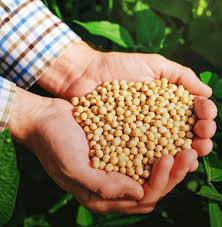
Feb. 27, 2025
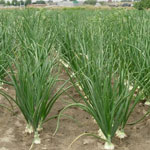
March 2, 2025
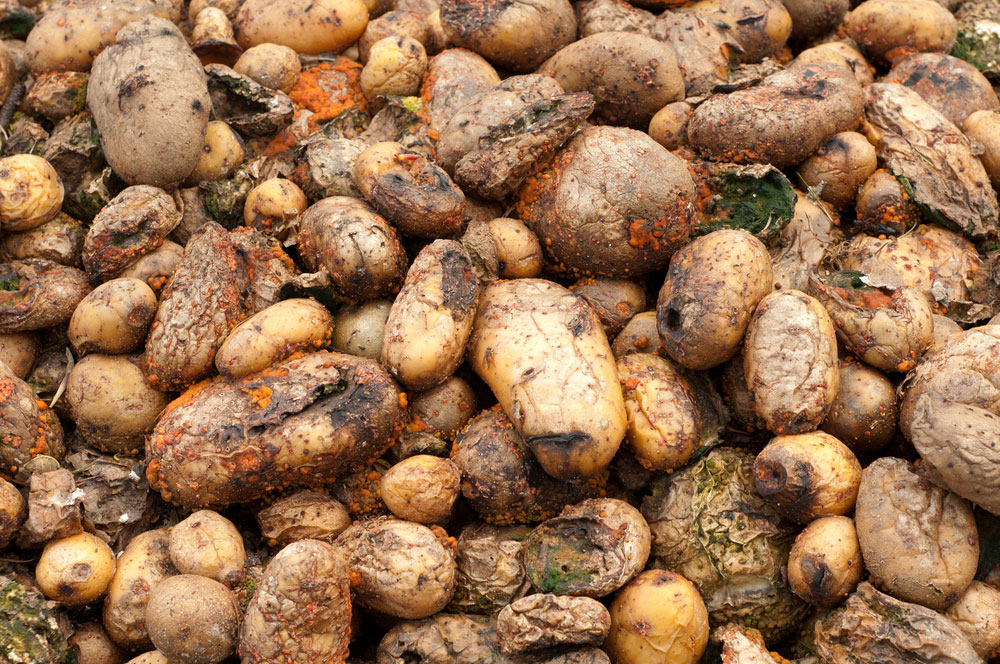
Feb. 27, 2025
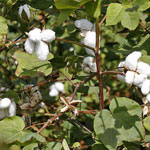
March 11, 2025
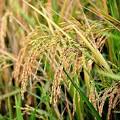
March 12, 2025
Page 1 of 2
Next


